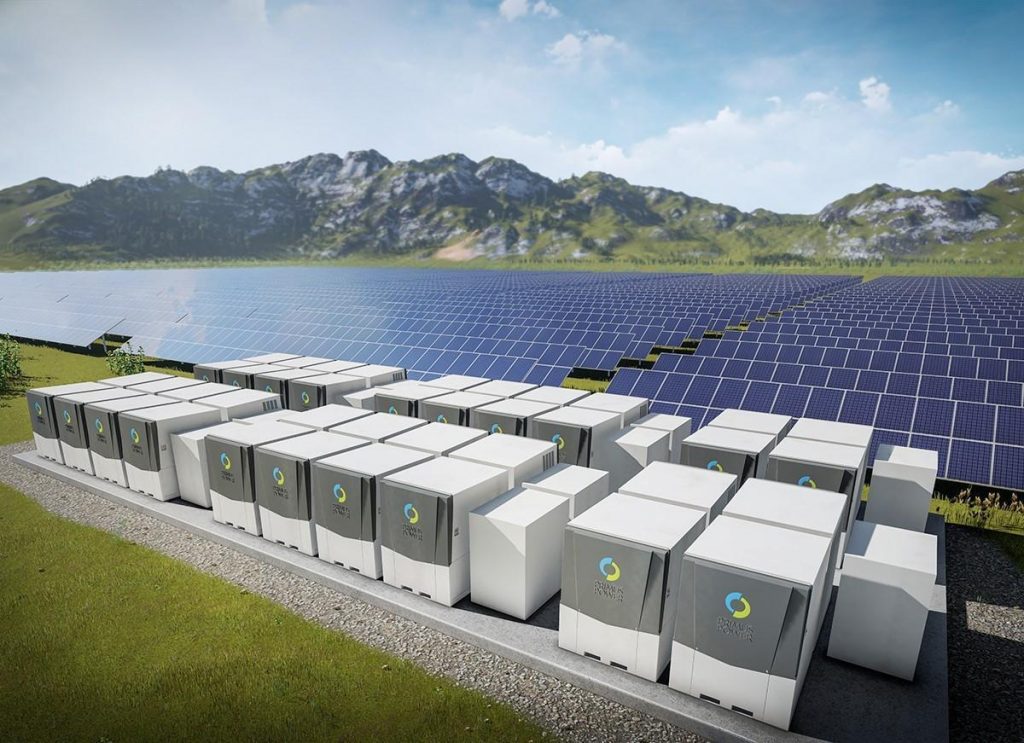By Max Marshall

Energy storage plays a pivotal part in the global power system composition as it balances the variability in renewable power generation and innovates how countries utilize their grid systems.
By definition, energy storage is capturing and storing renewable energy for future use. These systems can collect energy in various forms, whether thermal or kinetic and convert this energy into a more functional structure such as electricity. Renewable energy sources, such as solar and wind, have immense potential to scale down our global dependence on fossil fuels and reduce GHG in the power generation sector. One major downside to these energy sources is that they have intermittent output. In other words, The amount of energy they can produce is highly variable. We can only capture wind energy when the wind blows and solar energy when the sun shines. Often, wind and solar farms produce more readily-available energy than we currently demand. The irregularity of these sources has raised questions concerning the reliability of an energy mix that relies so heavily on wind and solar. However, energy storage provides an optimal solution to mitigate these risks. Take solar farms, for example. While solar arrays are inactive at night, the excess energy stored in the battery can be discharged to facilitate energy demands until the sun rises. For wind farms, more energy is typically produced at night, meaning that the batteries can give power back to the grid during the day when electricity demand is typically higher.
Although batteries and other energy storage functions have existed for a long time, their global deployment is a new trend due to prior technical limitations of traditional batteries. Innovations such as the increased efficiency of lithium-ion technology and the introduction of thermal flow systems have made large-scale battery storage developments economically feasible. These advancements have caused a massive increase in market activity, with global lithium-ion battery storage project developments increasing from 257 MW in 2016 to 3,508 MW in 2021. This exponential trend is expected to continue, with Bloomberg anticipating a growth rate in the number of projects of 30x over the next decade. This would be over a terawatt of operational capacity by 2030. However, this projected growth is not indicative of the global outlook on energy storage, as the three countries with the highest projected capacity dominate the total market share. China, Japan, and the US cumulatively share roughly 90% of battery storage capacity, both operational and under construction. Last year, Canada had only 12 MW of functional energy storage capacity. Although Canada is catching up with other countries in terms of installed wind and solar capacity, there continues to be a lack of governmental action incentivizing companies to develop large-scale battery projects. For Canada to achieve net zero by 2050, it is estimated that we will need up to 12 GW of operational energy storage by 2035. Although the overarching goal of net zero emissions by 2050 seems daunting, innovative technologies like energy storage serve as a vital stepping stone in achieving our target.
